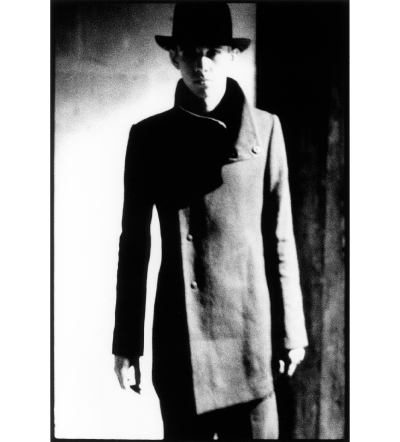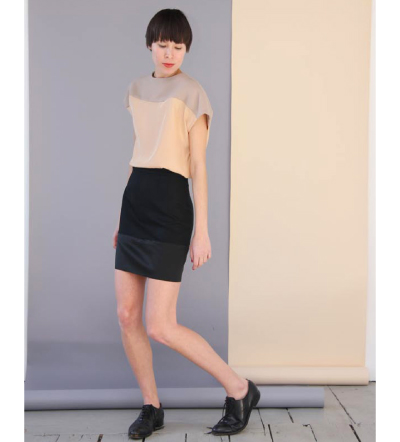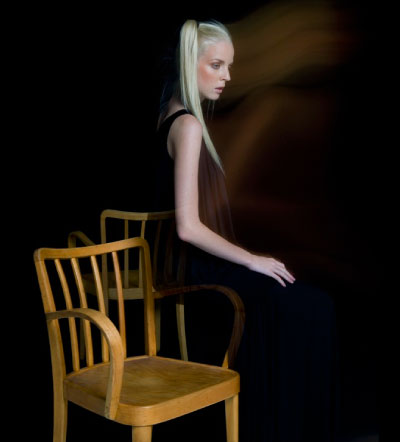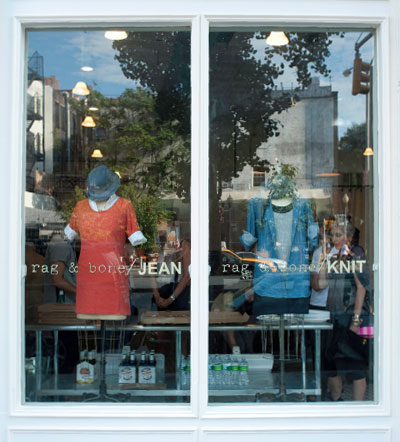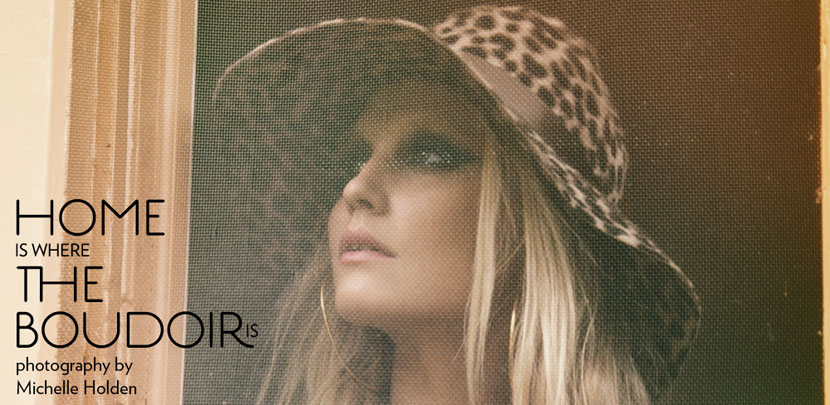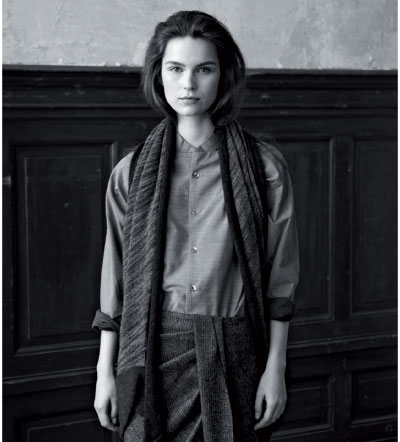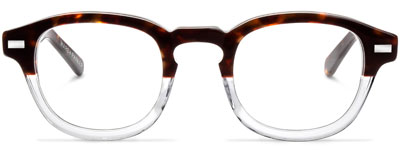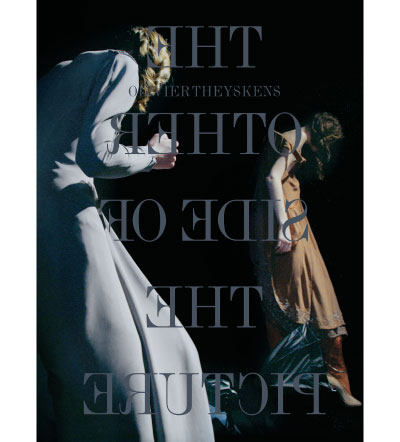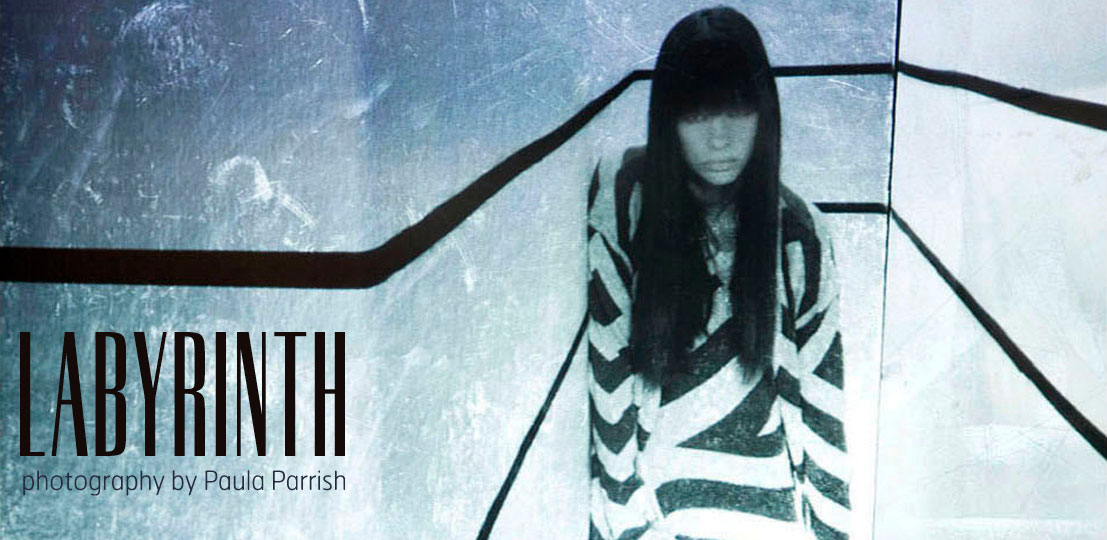Nomadism. Technology. Migration. Utopia. Body Politics. The myriad themes considered in the work of Hussein Chalayan are unlike that of any other contemporary fashion designer. Hussein Chalayan uses fashion as a medium for presenting and discussing the semiotics of clothing. Chalayan interrogates standard cultural signs and materials by demystifying the common values related to fashion such as superficiality and frivolousness.
After graduating from the Türk Maarif College, Chalayan continued his studies at London’s Saint Martin’s School of Art. For his senior thesis project in 1993, his Tangent Flows collection featured silk dresses that had been covered in iron filings, buried in the ground for months and then unearthed just before the show and presented with a text that explained the process. The garment’s rituals of burial and resurrection referred to life, death, and urban decay in material objects. This collection not only launched his career (his label was created only a year later in 1994), but helped him achieve global success as someone working between the complex mix of contemporary artist and fashion designer. Chalayan has twice been named British Designer of the Year and has received numerous awards and honors since Tangent Flows.




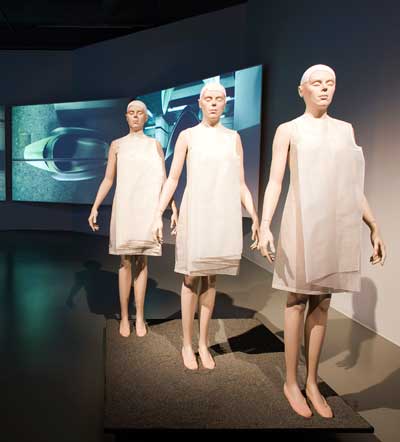
 Facebook
Facebook Permalink
Permalink Digg
Digg Reddit
Reddit LinkedIn
LinkedIn StumbleUpon
StumbleUpon Tumblr
Tumblr
